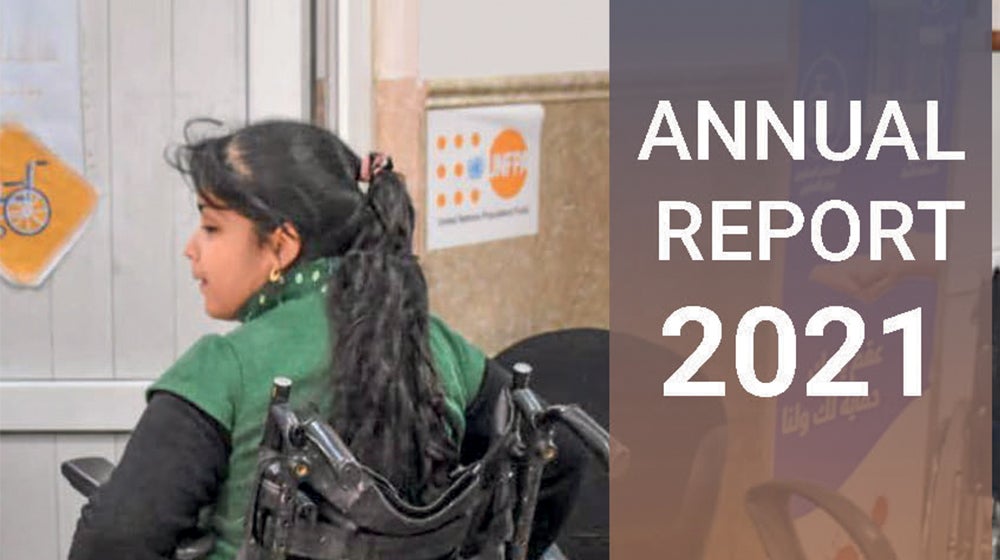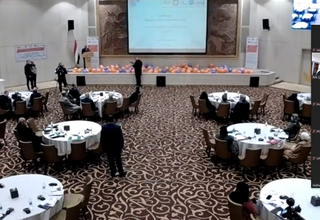Early marriage and school dropout are closely related outcomes that negatively affect girls. In Iraq, however, the effects of early marriage practices and its link with school dropout for girls have yet to be adequately explored. This study seeks to explore the reasons for early marriage and school dropout among girls and the effects of early marriage practices and its correlation with school dropout for girls. The study is based on a sample of 5,273 girls aged 15-24 years extracted from the second round of the Iraq Women Integrated Social and Health II Survey (I WISH II) conducted in September 2021 and focus group discussions conducted with married and unmarried men and women aged 18 years and above, stratified by gender, age, and marital status.
The findings from the extracted data of the I WISH II survey revealed that among girls who got married before age 14, early marriage was the most common reason given for dropping out of school (30.6%). Logistic regression linking age at marriage with school attendance shows that girls who are attending school are (97%) less likely to marry between the ages of 15 to 18 than those who did not attend school at all. It was found that girls who had never been married, followed by girls who attended school in the past, are the ones who marry the earliest. For girls still in school, the risk of early marriage increases with age and leads to dropping out of school, and the number of school dropouts among these girls is highest among those between the ages of 14 and 17. However, it is also important to note from the findings that early marriage is not the only reason for school dropout among girls. Other underlying factors, such as no desire to continue with teaching (24.7%) and social reasons (18.8%) were given as reasons for school leaving among girls. Household wealth and individual level factors, such as the age of the girl and parental level characteristics, such as the age and education level of the parent were also found to be significant predictors of early marriage, and each elevates the risks of school dropout due to early marriage. The qualitative findings from the focus discussions support these findings. The qualitative results indicate a complex and bidirectional relationship between early marriage and school dropout. The participants in the focus group discussions reported early marriage as both a cause and consequence of school dropout for girls. School dropout was also perceived to be a reason and result of early marriage for girls. But there were also other underlying factors, such as poor performance in school, poor teaching staff, limited quality and access to school, household poverty, and social and cultural norms on girls’ education and early marriage, which were also deciding factors in school dropout and early marriage for girls.
Considering these study findings, the following recommendations are made. The study suggests the need to design and implement contextually relevant interventions that would target mostly girls between the ages of 14 and 17 who were found to have an increased risk of dropping out of school due to early marriage. Such programmatic interventions should include community engagement forums and discussion sessions focusing on the gender and social norms around early marriage and on the importance of girls’ education or female education more generally. The programmatic interventions should also include capacity building for key community stakeholders and elected members from local governance to raise awareness around the harmful health and social effects of early marriage for girls. Engagement with and support from the government, especially across the education, justice and economic sectors is also critical. In the education sector, there is a need to advocate for the integration of extracurricular activities and technology-oriented modules in the school curriculum to make learning more attractive to girls since no desire to continue teaching is among the reasons given for leaving school. In the justice sector, it is recommended to review or repeal the exemption clause of parental consent for underage marriage and ensure adequate enforcement of the minimum age of marriage of 18. While reviewing or repealing the exemption clause of parental consent for underage marriage and enforcing the minimum age of marriage of 18, it is crucial to contextualize the discussion and consider the controversial nature of the topic of underage and minimum legal age of marriage within the Iraqi context. There is also a need to provide economic support to families to offset the economic drivers of early marriage and school dropout for girls. The economic support for families should target the poorest households since girls in low household socio-economic status were found to be (30%) more likely to get married before age 18 and are (84%) more likely to have left school. Such economic support could also target the governorates with the highest proportion of girls who have been married before the age of 14 years, which include Baghdad (9.17%), Babylon (10.0%), Wasit (9.17%), Al-Qadisiya (8.33%), and Ninevah, Thi Qar, Basrah and Maysān, which have between (7.73%) to (9.21%) of married girls between the ages of 15 to 18 years, as well as Mayan, which is among the governorates with the highest proportion of girls that dropped out from school or have never attended school at all.
Other practical recommendations by the study include the promotion of adolescent girl-parent communication on sexual and reproductive health matters including early marriage and supporting girls to remain in school through sponsorships and advocacy campaigns on the importance of girls’ education. For girls who have dropped out of school due to early marriage, early pregnancy or other related reasons and are willing to return to school, a recommended strategy for their reentry to school may include giving them a second chance education, which could be in the form of remedial classes. Establishing literacy centers for these girls could also improve their literacy and numeracy skills for improved self-reliance, self-esteem, and livelihood skills later in life. These strategies can be achieved by working with school and community structures, such as school management committees and parent-teacher associations, if they are in existence.




